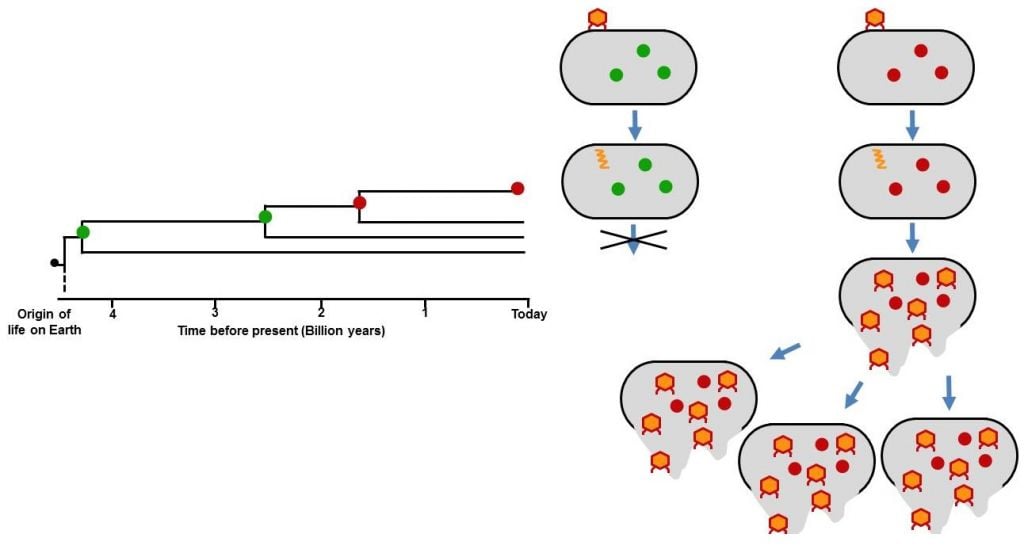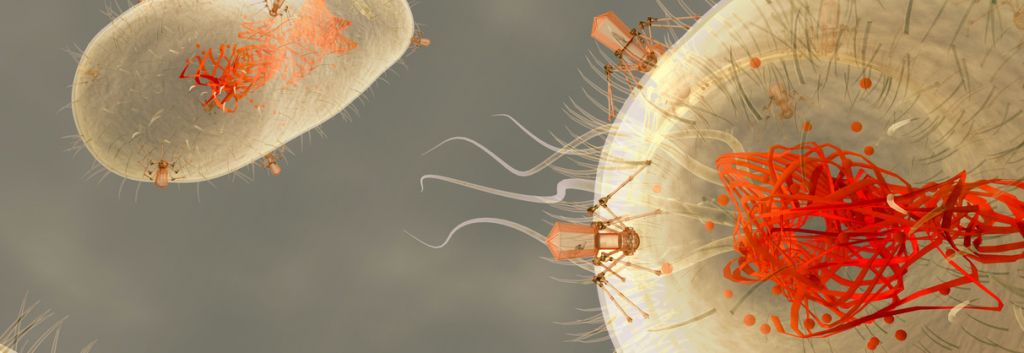Newsletter Signup - Under Article / In Page
"*" indicates required fields
Researchers from Spain have succeeded in expressing a 4 billion year-old enzyme in a present-day E. coli. It’s similar enough to the modern version to work, but different enough to dupe viruses. A new way to create virus resistance in crops?
In a lab at the University of Granada, Spain, that specializes in reconstructing ancient gene sequences, researchers have managed to bring back to life a fossil: thioredoxin. As described in Cell Reports, the primordial gene sequence was inserted into E. coli bacteria, which in turn successfully produced the associated protein. This result is a fascinating insight into biology on its own, and it’s of interest to biotechnology too due to the importance of thioredoxin.
Thioredoxin is essential to metabolism, moving electrons around so that chemical reactions in the cell can occur. It’s also one of the proteins that bacteriophage must recruit to survive and replicate. Because of that, thioredoxin and viruses have evolved together in a cat-and-mouse game.
Researchers were surprised that the protein was still able to perform, as the cellular environment has changed a lot. For example, the enzymes now have different molecular partners, and the new results show they still can function together to some degree. But while cell machinery can still recognize this long lost version, viruses apparently cannot. The modern phagues failed to recognize and bind it, hence hitting a dead end in its life cycle.

This “back to basics” approach could yield a new weapon for fighting viral infections. For human-infecting cases, it probably won’t be any time soon that we will massively edit human genes to revert them to some archaic version, despite advances in gene therapy and the much awaited CRISPR revolution. Plants, however, are a possibility. It would be relatively mild genetic alteration, using older gene versions of the same plant for a few key proteins in virus replication.
The idea has still to be tested in plants, but, should it work, it would be a very useful resource. Instead of finding and introducing new elements, scientists could look for ancestor enzymes in evolutionary studies, with a good shot at compatibility from the start. In a world that is very dependent on a shrinking quantity of genetically identical crops, vulnerable to have one of them swiftly wiped out by plant disease, shortcuts are certainly welcome.
Images by Marco G Faria/Shutterstock and Jose Sanchez-Ruiz.






